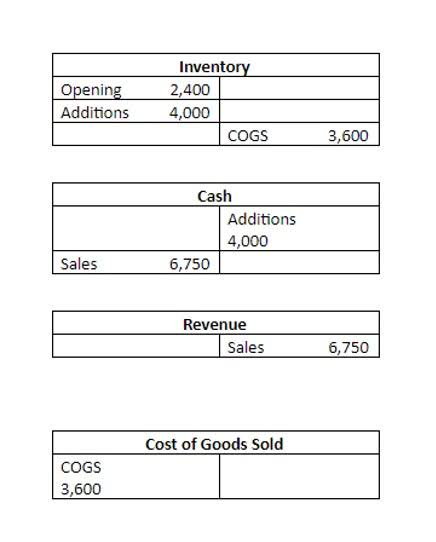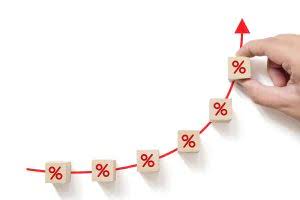
This rose sharply to 52% of sales in year 3 (from 41% and 44% in year 2 and year 1 respectively). When you apply vertical analysis to an income statement, it lays out a straightforward and transparent picture of a company’s spending patterns. This clarity facilitates discussions and strategic evaluations of that expenditure. Quickly surface insights, drive strategic decisions, and help the business stay on track.
How Does Vertical Analysis of Financial Statements Work?

The proportional description of line items on a financial statement makes it easier to compare figures. Vertical or proportional analysis refers to an accounting method where each line item in a financial statement is compared against another in the same statement. Depending on their expectations, Mistborn Trading could make decisions to alter operations to produce expected outcomes. For example, MT saw a 50% accounts receivable increase from the prior year to the current year. If they were only expecting a 20% increase, they may vertical analysis formula need to explore this line item further to determine what caused this difference and how to correct it going forward. It could possibly be that they are extending credit to customers more readily than anticipated or not collecting as rapidly on outstanding accounts receivable.

Key Learning Points
- Management sets a base amount or benchmark goal to judge the success of the business.
- Therefore, if you want to compare the performance of a company across accounting periods, you’ll have to conduct separate vertical analyses for each accounting period.
- First, we can see that the company’s marketing expenses increased not just in dollar terms, but also as a percentage of sales.
- For example, the amount of cash reported on the balance sheet on Dec. 31 of 2024, 2023, 2022, 2021, and 2020 will be expressed as a percentage of the Dec. 31, 2020, amount.
The business will need to determine which line item they are comparing all items to within that statement and then calculate the percentage makeup. These percentages are considered common-size because they make businesses within industry comparable by taking out fluctuations for size. It is typical for an income statement to use revenue (or sales) as the comparison line item. This means revenue will be set at 100% and all other line items within the income statement will represent a percentage of revenue. The cash flow statement provides an overview of the company’s cash flows from operating activities, investing activities, and financing activities.

Step 2: Identify total assets
- For instance, if one company’s administrative expenses are 10% of sales while an industry average is 5%, this discrepancy can prompt further investigation into the company’s cost management practices.
- This analysis makes it easier to compare the financial statements of one company with another and across the companies as one can see the relative proportion of accounts.
- Read on to learn more about vertical analysis of a balance sheet, how to perform one, and some limitations and drawbacks of this analytical tool.
- The balance sheet helps evaluate the company’s liquidity, solvency, and overall financial health.
- Another advanced method involves integrating vertical analysis with ratio analysis.
The trending of items on these financial statements can give a business valuable information on overall performance and specific areas for improvement. It is most valuable to do horizontal analysis for information over multiple periods to see how change is occurring for each line item. The year being used for comparison purposes is called the base year (usually the prior period).
- By analyzing these profitability ratios using vertical analysis, you can gauge a company’s financial performance and compare it to industry benchmarks or previous periods.
- It is broken into three parts to include a company’s assets, liabilities, and shareholder equity.
- Like its title, investing activities include cash flows involved with firm-wide investments.
- It can provide information on what metrics are improving and which are worsening.
- Conversely, a consistent or decreasing percentage in these expenses could indicate effective cost management.
- Given below is an example, where we have the income statement of a company (in US dollars).
- The purpose of vertical analysis is to provide insights into the distribution and significance of various components within a financial statement.

This approach not only https://www.bookstime.com/ simplifies the comparison of financial data across different time frames but also highlights trends and anomalies that might otherwise go unnoticed. For instance, a common-size income statement can reveal how the proportion of various expenses to total sales has evolved, providing a clearer picture of operational efficiency and cost management over time. When conducting vertical analysis, individuals often rely on specific financial statements such as balance sheets, income statements, and cash flow statements. Each of these statements offers unique perspectives on a company’s financial situation.
It offers a better way to perform flux and budget variance analysis by automating the data collection process and integrating with your ERP. Looking to streamline your business financial modeling process with a prebuilt customizable template? Say goodbye to the hassle of building a financial model from scratch and get started right away with one of our premium templates. Vertical analysis is used in order to gain a picture of whether performance metrics are improving or deteriorating. Vertical analysis can highlight these issues, giving executives the opportunity to make strategic moves to reduce or eliminate them.

The year of comparison for horizontal analysis is analysed for dollar and percent changes against the base year. Vertical analysis helps assess a company’s financial performance and efficiency by examining the proportions assets = liabilities + equity of key line items. You can identify trends, analyze the impact of specific expenses or revenue sources, and evaluate profitability ratios using vertical analysis. Another advanced method involves integrating vertical analysis with ratio analysis.